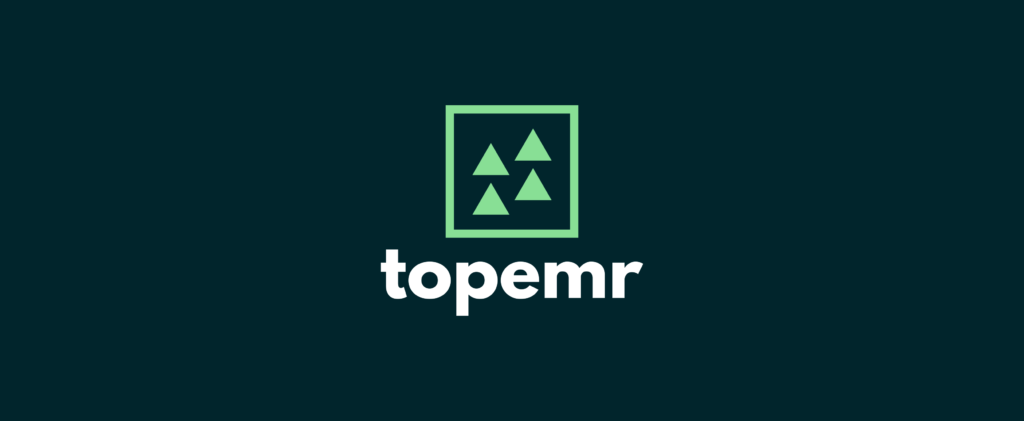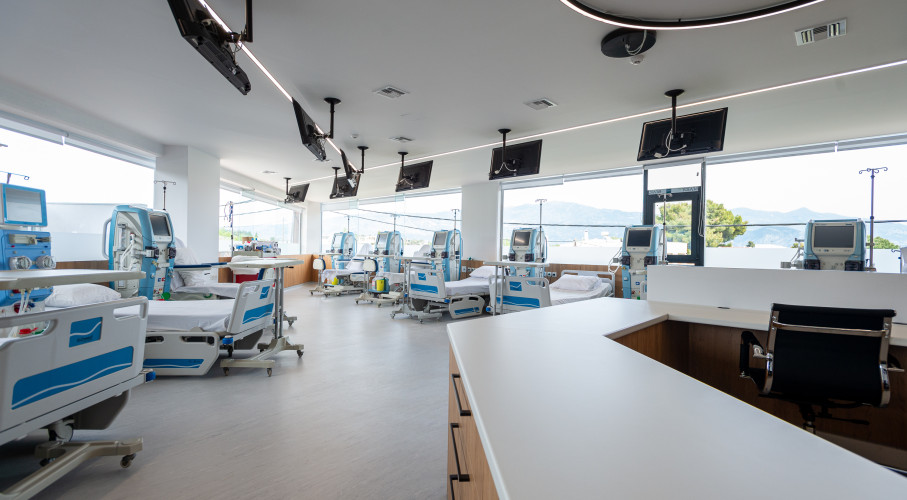Dubai is positioning itself as a hub for advanced healthcare delivery in the GCC. Dialysis care sits at the heart of this ambition: with a rising number of ESRD patients, private and government-backed clinics are expanding rapidly across the emirate. But while growth promises impact, it also exposes risk.
Data from the UAE’s Ministry of Health and Dubai Health Authority (DHA) audits confirm what operators already know: most clinics don’t fail because of lack of intent, but because their systems break under the weight of expansion.
The red flags are clear—fragmented documentation, scheduling inefficiencies, and disconnected billing or inventory workflows. Left unchecked, they erode patient trust, dent compliance, and turn scaling into chaos.
Let’s break down the risks and show how Dubai’s leading clinics can avoid them using digital-first strategies powered by Clinicea.
🚩 Red Flag 1: Fragmented Documentation and Protocol Drift
The Dubai reality:
Regulators here have little tolerance for inconsistent records. In fact, DHA inspections have highlighted that missing signatures, absent dialysis prescriptions, or incomplete lab tracking are among the most common triggers for compliance warnings.
Why this happens in scaling clinics:
- Units operate in silos, each adopting slightly different care flows.
- Paper and Excel logs remain in circulation, even as EMRs are introduced.
- Staff rotations across sites amplify the inconsistency—patients feel care varies depending on where they’re treated.
The impact:
- Audit risk: DHA auditors flag unsigned notes, incomplete consents, or inconsistent eGFR records.
- Clinical variation: Missed labs or diverging anemia protocols translate into inconsistent patient outcomes.
- Training burden: New staff must “re-learn” workflows for each unit.
How Clinicea fixes it:
- Deploys dialysis-specific EMR templates: flowsheets, eGFR calculators, access logs, and lab-review prompts.
- Makes protocols mandatory—sessions cannot close without required vitals, consents, and physician notes.
- Pushes updates centrally: when one protocol changes, all Dubai units adopt it instantly.
This creates clinical consistency and audit-ready documentation, not just for one site but across the entire network.
🚩 Red Flag 2: Scheduling Chaos and Low Chair Utilization
The Dubai reality:
High real estate and staffing costs mean that every empty dialysis chair represents lost revenue and reduced patient throughput. A single chair under-utilized for even a few hours weekly compounds into significant revenue leakage annually.
Why this happens in scaling clinics:
- Scheduling handled in Excel or generic EMRs without machine-level granularity.
- No automated communication for confirmations or rescheduling.
- Variability between units—some overbook, others have idle slots.
The impact:
- Patients experience long waits in one branch while another runs below capacity.
- Staff firefight last-minute cancellations.
- No-show patients create avoidable revenue gaps.
How Clinicea fixes it:
- Smart scheduling assigns each patient to a machine, shift, and treatment duration.
- Automated SMS reminders (via CallBox) confirm attendance, while no-show triggers reallocation workflows.
- Real-time dashboards highlight utilization gaps across multiple Dubai sites—leaders can rebalance instantly.
Clinics report up to 32% higher chair utilization within weeks of implementation, without adding staff or machines.
🚩 Red Flag 3: Disconnected Inventory, Billing, and Analytics
The Dubai reality:
Consumables—from dialyzers to anticoagulants—represent one of the largest cost centers for dialysis units. DHA and insurers require traceability of every item. Yet, in many Dubai clinics, billing, inventory, and treatment logs remain disconnected.
Why this happens in scaling clinics:
- Stock counts managed on spreadsheets; billing captured separately.
- Units don’t share a single ledger, leading to phantom shortages or over-ordering.
- Claims denials rise when consumables aren’t linked properly to patient treatments.
The impact:
- Margins shrink due to waste, expiry, or leakage.
- Cash flow takes a hit from claim rejections.
- Leadership has no single dashboard for AR aging or consumable variance.
How Clinicea fixes it:
- Links billing, inventory, pharmacy, and EMR into a single flow.
- Consumables are auto-deducted at chairside; low stock triggers purchase alerts.
- Unified dashboards track AR aging, denial rates, chair utilization, and stock expiry—all in real-time.
Instead of fragmented reports, Dubai operators get a command-center view of their business.
✅ Why Clinics Fall Into This Trap
From reviewing cases across TopEMR.ae and Dubai-based clinics, three themes emerge:
- Expansion without systems: Owners prioritize opening new units quickly, assuming they can “fix workflows later.”
- People over governance: Clinics hire aggressively but lack standardized protocols, creating variability in care and documentation.
- Overconfidence in hardware: Adding more chairs and machines feels like growth, but without unified EMRs and dashboards, it’s just scaling chaos.
🌍 Real-World Examples of Controlled Scaling
Clinics that got it right—like The Hans Foundation, Kidney Solutions, and African Healthcare Network—used Clinicea’s unified stack to expand across multiple geographies.
In Dubai, the same lessons apply:
- Standardized EMRs: Every unit follows identical protocols, flowsheets, and documentation rules.
- Smart scheduling: Chair utilization remains optimized across sites, boosting both patient experience and revenue.
- Unified dashboards: Decision-makers see live KPIs across all clinics—no more guesswork.
The result: growth without governance gaps, audits passed cleanly, and patient trust maintained.
🚀 The Dubai Growth Imperative
Dubai’s dialysis landscape is unique:
- Patients expect world-class care—the city attracts both residents and medical tourists.
- Regulators are strict—MOHAP and DHA demand robust compliance proof, not post-hoc explanations.
- Costs are high—every idle chair, wasted consumable, or denied claim hits margins harder than in other regions.
Clinics here cannot afford scaling without control. Unlike other markets, “good enough” operations won’t survive long in Dubai’s regulated, competitive, and reputation-driven environment.
Clinicea addresses this reality by offering a single, dialysis-first SaaS stack that handles documentation, scheduling, inventory, billing, and compliance in one platform. It doesn’t just digitize—it operationalizes growth.
🔚 Final Takeaway
Scaling a dialysis clinic in Dubai isn’t about adding more chairs or units. It’s about creating predictable, compliant, and efficient systems that grow with you.
The three red flags—fragmented documentation, scheduling chaos, and disconnected billing/inventory—are the warning signs of scaling without control.
Clinicea eliminates these risks:
- Protocols standardized, documentation audit-proof
- Scheduling optimized, chair utilization maximized
- Inventory and billing unified, analytics live
For Dubai operators, the path forward is clear: growth must be systems-first, patient-centric, and compliance-proof.
Attached LinkedIn Article –
3 Red Flags That Your Dialysis Clinic Is Scaling Without Control: https://lnkd.in/gvA5iJrS


Leave a Reply